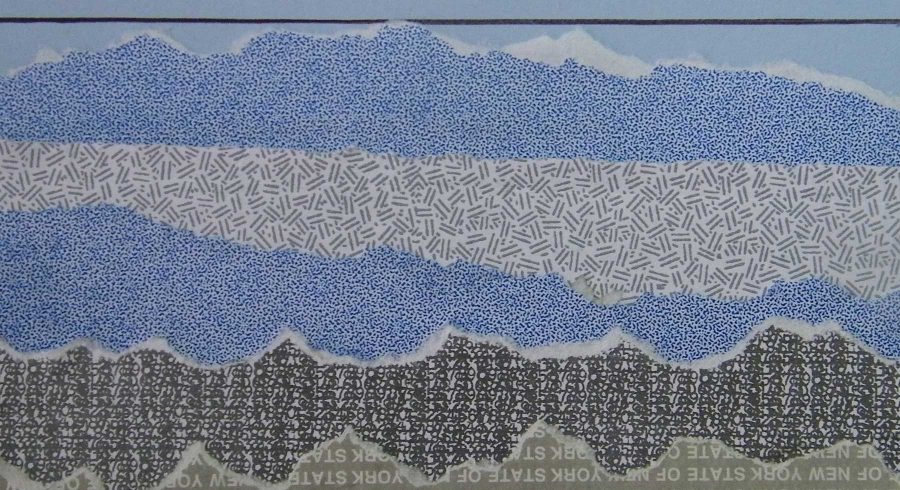Whether you do art or appreciate looking at art, to really get into it you have to work at it. The impact of art may be immediate, and hanging with it will bring thoughts that are triggered by that art no matter what art form you choose.
If you are an aspiring artist, your unique, individual expression will start consciously, and slowly morph into the unconscious. It takes a long-term commitment and determination to “emerge” Emerge means that you’ve found your path and you are following your voice. As you do so, your voice will slowly change as you mature, perfect your skills, and try new approaches.
It is important to have a work place, a studio, with no interruptions where you can leave your stuff and come back to it. It is essential that you “inhabit” your studio even if you don’t feel creative. Your surroundings will convince you. You may start with doubt, but that will quickly change once you start.
Thomas Merton, a monk, says it best…”Art enables us to find ourselves and lose ourselves at the same time.” As we work at our craft, the world shrinks as we fully inhabit our creativity. There is no better place to be. Once you mindset kicks in, your awareness changes and things start to happen. You are onto something, a theme emerges and you go with it. “happy accidents begin to occur” which you recognize and incorporate.
Don’t rush, pause, stand back, make midcourse corrections. There’s nothing wrong with walking away with an unfinished piece. Something tells you to stop and refuel. I am a collage artist and when I’m stuck, I leave the project and let it sit. It calls me back when I’m ready to proceed. When I have an idea, I walk about my daily business brainstorming that idea until I HAVE to return to my studio and follow the idea. Don’t be afraid to be impulsive and don’t call yourself an artist because saying that holds you back. Better to say “I’m not an artist yet, I’m still in the starting gate.”



